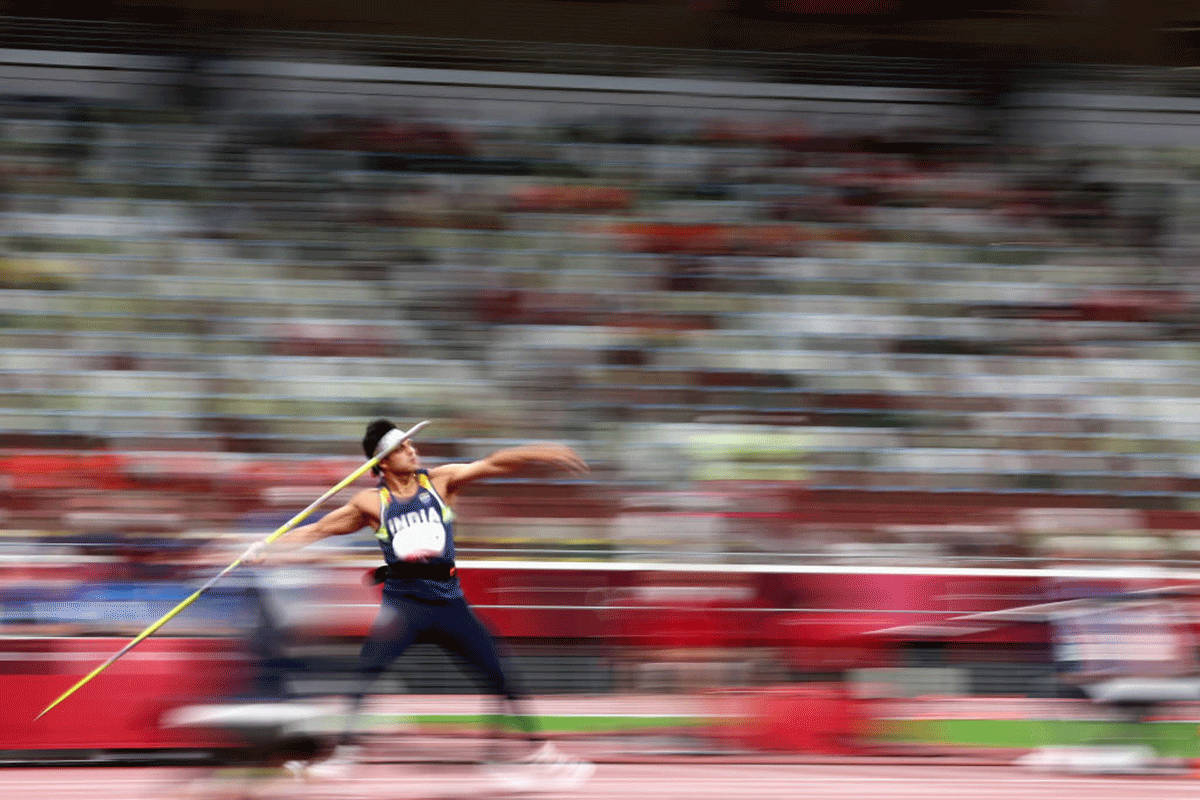Techniques and Strategies: Mens Javelin

The javelin throw is a complex athletic event that requires a combination of strength, speed, and technique. Mastering the fundamentals of the throw is crucial for maximizing distance and achieving success. This section delves into the techniques and strategies employed by javelin throwers, providing a comprehensive understanding of the mechanics and considerations involved.
Grip
The grip is the foundation of a successful javelin throw. It determines the athlete’s control over the implement and significantly impacts the release angle and trajectory. The most common grip is the “V-grip,” where the athlete holds the javelin with their index and middle fingers on the top of the javelin, forming a V-shape. This grip allows for a firm hold while maintaining flexibility for the wrist and forearm during the throw. The grip should be comfortable and secure, allowing the athlete to exert maximum force during the release.
Stance
The stance is the starting position from which the athlete begins their run-up. It is crucial for establishing a balanced and stable base. The athlete typically stands with their feet shoulder-width apart, facing the direction of the throw. The weight should be evenly distributed, with a slight forward lean to maintain momentum during the run-up. The javelin should be held in the throwing hand, with the elbow slightly bent and the javelin pointing towards the target.
Run-Up, Mens javelin
The run-up is the key to generating momentum and speed for the throw. It is a series of steps taken in a controlled and coordinated manner, culminating in a powerful final step before the release. The run-up should be tailored to the athlete’s individual stride length and throwing style. A common run-up pattern involves 4-5 steps, with the final step being longer and more powerful. The athlete must maintain balance and rhythm throughout the run-up, ensuring smooth transition into the throwing phase.
Release
The release is the culmination of all the preceding movements, where the athlete transfers the generated momentum into the javelin. The thrower’s body should be fully extended at the moment of release, with the javelin pointing towards the target. The wrist should snap, imparting spin to the javelin, which stabilizes its flight and maximizes distance. The athlete’s body should follow through after the release, maintaining balance and avoiding any unnecessary movements that could disrupt the throw.
Biomechanics of the Javelin Throw
The javelin throw involves a complex interplay of forces and movements. The athlete’s body acts as a lever system, utilizing the power of the legs, core, and arms to generate momentum and propel the javelin forward. The biomechanics of the throw can be analyzed through the following key aspects:
Force Generation: The athlete’s primary source of power comes from the leg drive, which generates horizontal force that is transferred through the body to the javelin. The core muscles play a crucial role in stabilizing the body and transferring energy from the legs to the upper body. The arm muscles then propel the javelin forward, utilizing the stored energy from the run-up.
Angular Momentum: The javelin’s spin, imparted during the release, creates angular momentum, which helps to stabilize the javelin’s flight and reduce air resistance. The athlete’s wrist snap is crucial for generating this spin, which contributes significantly to the javelin’s distance.
Release Angle: The angle at which the javelin is released has a significant impact on its trajectory and distance. An optimal release angle of approximately 35-45 degrees is generally considered ideal, depending on factors such as wind conditions and athlete’s individual strengths.
Throwing Strategies
Javelin throwers employ various strategies to maximize their performance, adapting their approach based on factors such as wind conditions, competition level, and personal strengths. Some common strategies include:
Wind Conditions: Wind can have a significant impact on the javelin’s trajectory. In a tailwind, the javelin will travel further, while a headwind will reduce its distance. Athletes adjust their release angle and throwing technique to compensate for wind conditions. In a tailwind, the athlete may release the javelin at a slightly higher angle, while in a headwind, they may aim for a lower angle.
Competition Level: The level of competition influences the athlete’s strategy. In high-level competitions, athletes focus on maximizing distance, utilizing every available technique and strategy to achieve their best performance. In lower-level competitions, athletes may prioritize consistency and accuracy over distance.
Personal Strengths: Athletes develop their own unique throwing styles based on their physical attributes and strengths. Some athletes may have a powerful leg drive, while others may excel at generating arm speed. The athlete’s strategy should leverage their strengths to maximize their performance.
Mens javelin – Men’s javelin is a thrilling display of athleticism and precision, demanding both strength and technique. The Olympic javelin competition, a cornerstone of the Games since 1906, javelin olympics , showcases the pinnacle of this sport. The men’s javelin throwers strive for that perfect balance of power and control, aiming to launch the spear further than any other, leaving their mark in the annals of sporting history.
The men’s javelin throw is a captivating display of power, precision, and athleticism. It’s a testament to the human body’s ability to harness force and launch an object with incredible speed and distance. The evolution of the javelin, from its ancient origins to its modern form, is a fascinating story, and its inclusion in the Olympic Games olympic javelin has cemented its place in sporting history.
The men’s javelin continues to inspire awe and admiration, as athletes push the boundaries of human potential with each throw.
